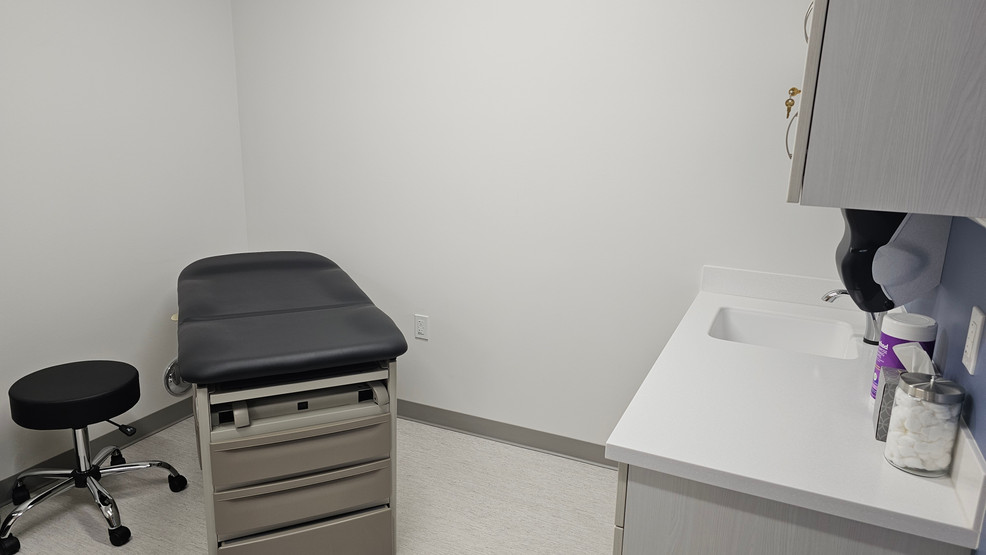
KALAMAZOO, Mich. — A decades long health crisis is worsening statewide, a new study revealed Michigan ranks low on the totem pole for delivering health care to black residents, falling 29th out of 39 states surveyed.
The 2024 Commonwealth Fund Report shows Black patients received worse care than white patients on 52% of quality measures.
Many Black individuals have experienced interpersonal racism and discrimination statewide, according to Commonwealth Fund.
“We recognize it is a big issue and it is an issue we can’t tackle alone,” said Derek Miller, program supervisor for Healthy Babies Healthy Start with the Kalamazoo County Health and Community Services Department. “When we are going into a healthcare facility we should all expect to be treated fairly.”
The report shows disparities are serious for Black individuals who live fewer years, on average, than white and Hispanic people, and are more likely to die from treatable conditions.
“Those things are in accumulation of a lack of access to proper health care and services and things they need over time,” Miller said.
Pregnancy complications and high infant mortality rates are also on the list for black residents.
Infant Mortality rate is defined by: the number of infant deaths for every 1,000 births.
Infant Mortality Rate (Centers for Disease Control and Prevention (CDC):
- Non-Hispanic Black: 10.5
- Non-Hispanic white 4.5
- United States: 5.5
The Kalamazoo County Health and Community Services Department hosts a program called Healthy Babies Healthy Start, working to get parents the appropriate resources they need.
“They would meet with the individual and provide some empowerment so they can better advocate for themselves in a clinical setting,” Miller said. “It’s definitely unfortunate that it has taken this long for changes to come about, but the fact that we are making steps and doing things now, that speaks volumes to where we are going.”
Contributing factors to racial disparities can occur inside and outside of the health care setting.
Commonwealth found many communities where people of color live, poverty rates are high, and levels of pollution and crime are elevated.
Meanwhile, Black and Hispanic groups are less likely to have health insurance, and receive delayed care because of financial barriers.

